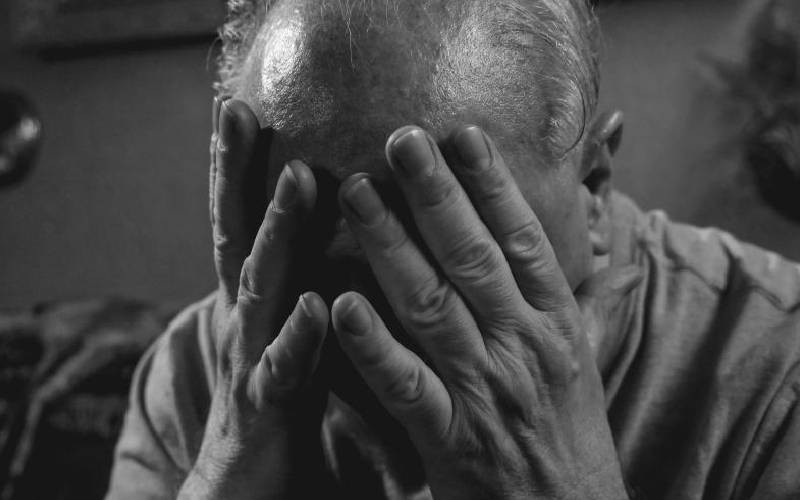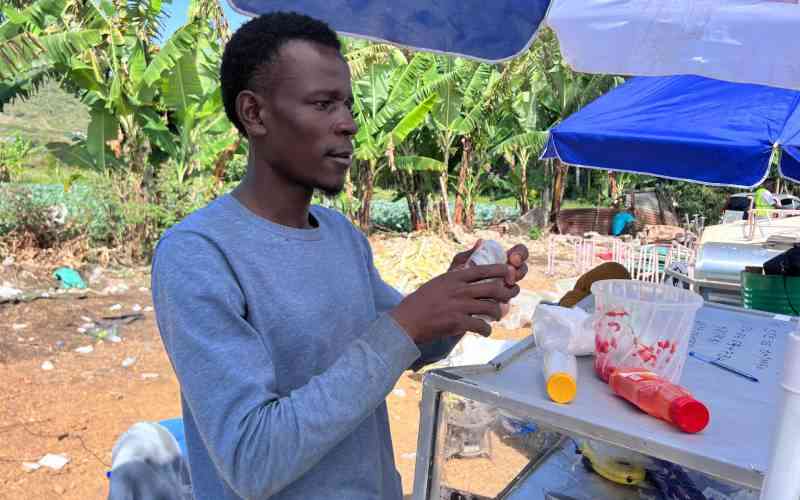
There is no doubt that science, and specifically medical know-how advancement, continues to increase human life expectancy. The elderly in many societies (developing countries included) are living longer. Globally, the proportion of older persons is projected to rise from 9.3 per cent in 2020 to 16 per cent by 2050, according to UN. In 2023, Monaco was reported to have had 36 per cent of its total population above 65, the highest percentage of this age bracket in the world, at the time. In Kenya, the 2019 Population and Housing Census reported 2.7 million (6 per cent) of the Kenya’s population as 60 years and above. And according to the United Nations Population Fund, the proportion of older people in Kenya is expected to more than double to 10.3 per cent by 2050.
Ageism is defined as discrimination or prejudice based on a person's age. Often, it involves stereotyping individuals, be they young or old, and making assumptions about their abilities, needs, or worth based solely on their age. This can manifest in various areas including health care, employment, and social interactions. The term ‘ageism’ was first used by Robert Butler in 1969 who defined it as an ideology and a process that could evolve into discrimination against the elderly due to their advanced age, not dissimilar to the prejudices and stereotypes inherent in racism and sexism.
Ageism in health care is an often-overlooked form of discrimination, yet its effects can significantly impact the quality of health care older adults receive. This bias is pervasive and ageist assumptions, often unrecognised, can hinder diagnoses, compromise treatment plans, and undermine the dignity of patients. Mark Brennan-Ing, Director of research and evaluation at the Brookdale Center for Healthy Aging, City University of New York, observes that as the population ages, it is increasingly vital to address this issue head on. According to the World Health Organisation’s 2021 global report on ageism, one in every two people is ageist towards older people.
Ageist attitudes, thoughts, and actions can do much more than just hurt feelings and make the recipient feel undervalued. Age bias and discrimination can have a significant effect on a recipient’s mental and physical health, sense of self-worth, social life, their finances and how long they are likely to live. Ageism in healthcare has been recognised as a pervasive reality that leads to negative health outcomes for older adults.
According to the University of California-LA Health, ageism is present in medical care. Age bias shows up in the way that health care providers talk to their patients, the degree to which they listen, the range of diagnostic tests they offer and the scope of treatments they are willing to make available. According to the university’s findings, patients with poor hearing or eyesight say they are often treated as cognitively impaired. Some older adults find that treatable conditions, such as chronic pain, arthritis and neuropathy, are routinely dismissed as a feature of older age.
According to BR Levy, structural ageism, defined as systemic discrimination or biases embedded within organisations, institutions, or societal frameworks based on age, operates in a wide range of domains, including health care. Twenty per cent of older patients according to Levy’s research reported to have experienced ageism in medical encounters. Furthermore, a systematic review of research investigating how ageism was associated with older persons’ health found that in 85 per cent of 149 studies on health care access, clinicians were less likely to offer procedures and treatments to older patients than to younger patients, even when they were equally likely to benefit.
Study findings by EM Nyangena highlight that ageism is a widespread problem in Kenya, and it exhibits in several ways. Some of the manifestations of ageism identified in the study include negative stereotyping older people as being frail, dependent, and a burden to society. Further, older people are often treated with prejudice, and they are often excluded from social and economic opportunities. Additionally, older people are often discriminated against in employment, housing, and healthcare.
A study conducted this year highlights the need for regular education regarding the care of older patients (including ageism) in medical educational curricula and the need for sufficient staffing and resources. According to this study, medical professionals must satisfy the healthcare needs of the elderly by understanding the proper aging process and tailoring their approach to the specific characteristics of older individuals. To achieve this, organisations should provide adequate resources and personnel.
As negative perceptions of aging are linked to shortened lifespans, increased dementia risks, reduced physical functionality, higher rates of post traumatic street disorder, and slower recovery from disabilities, the urgent need to put the issue of discriminatory ageism in the front burner cannot be gainsaid. Strategies to combat ageism and provide ethical healthcare that include inter-generational learning, educational programmes, and strong leadership from both the public and private health care actors should be prioritised.







